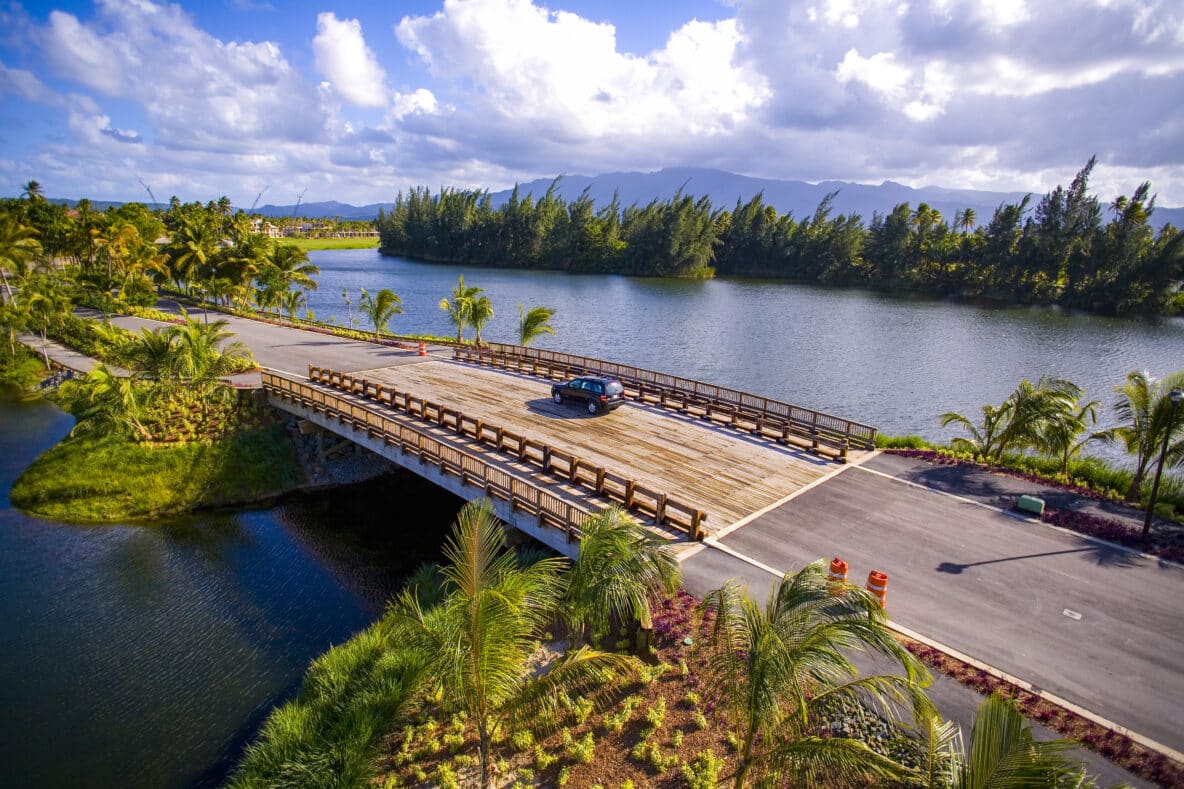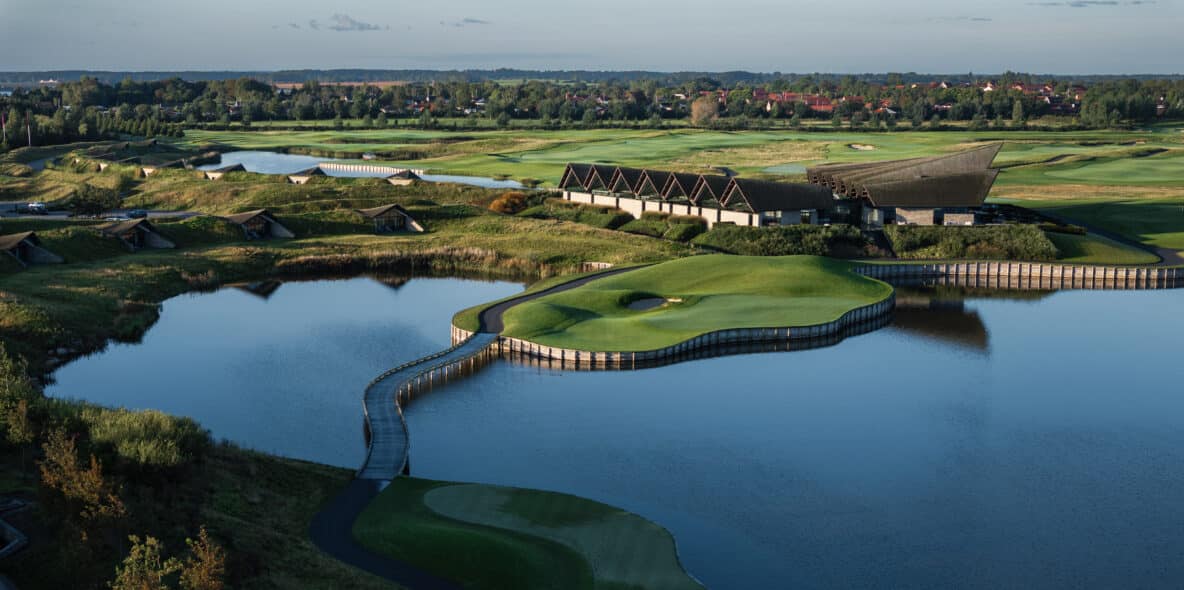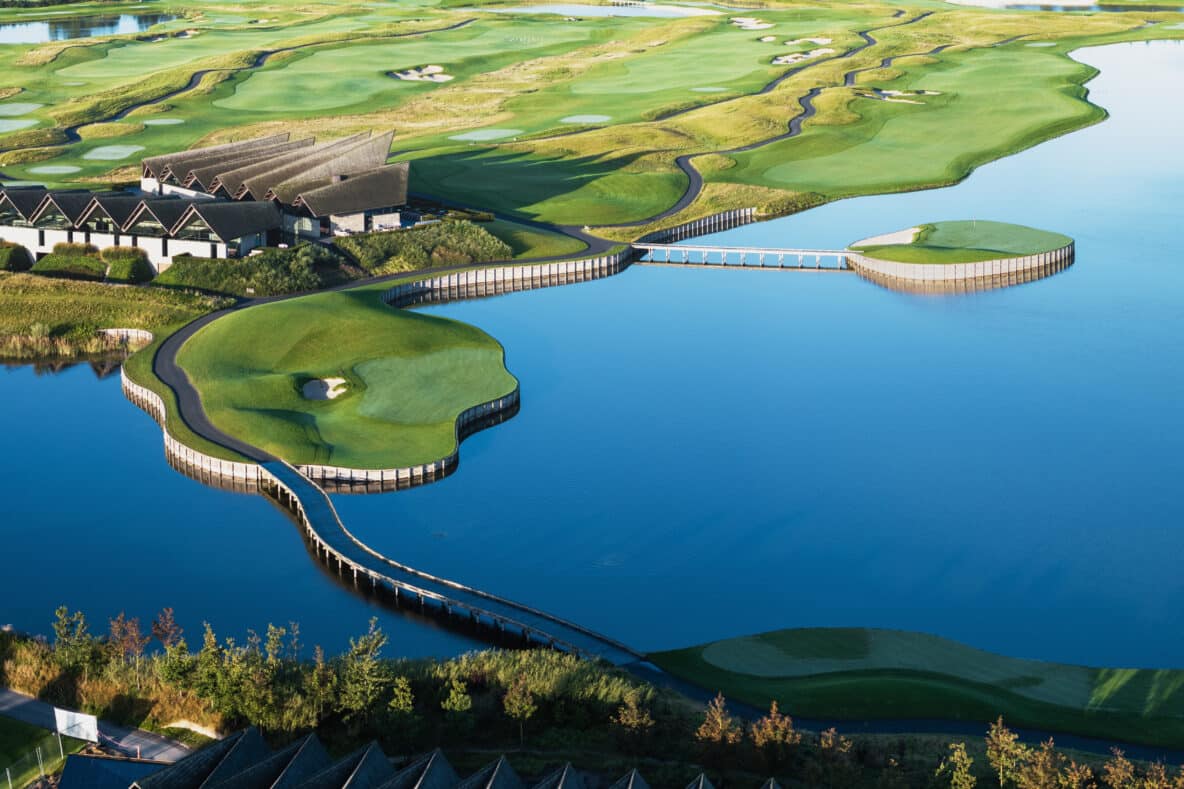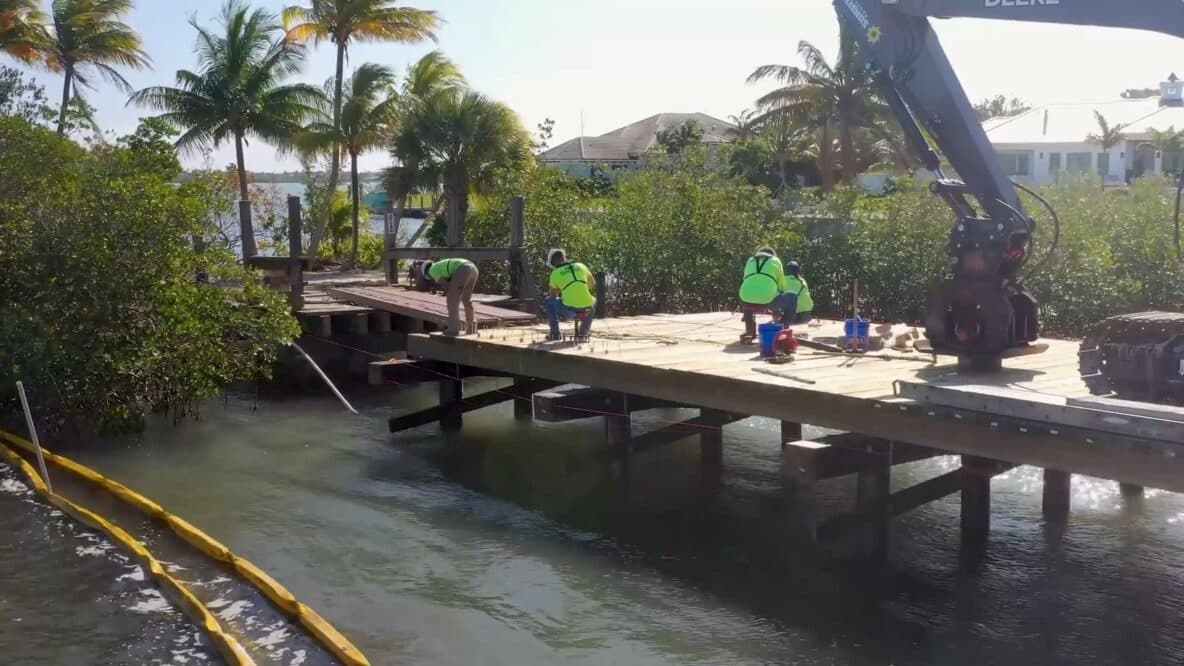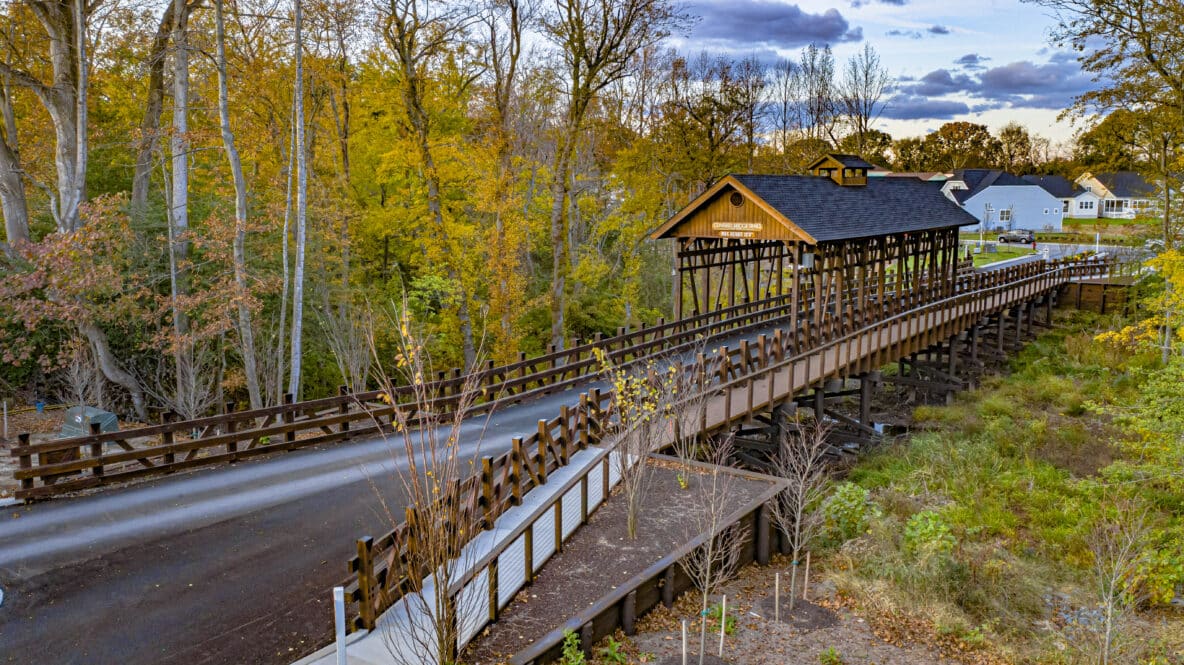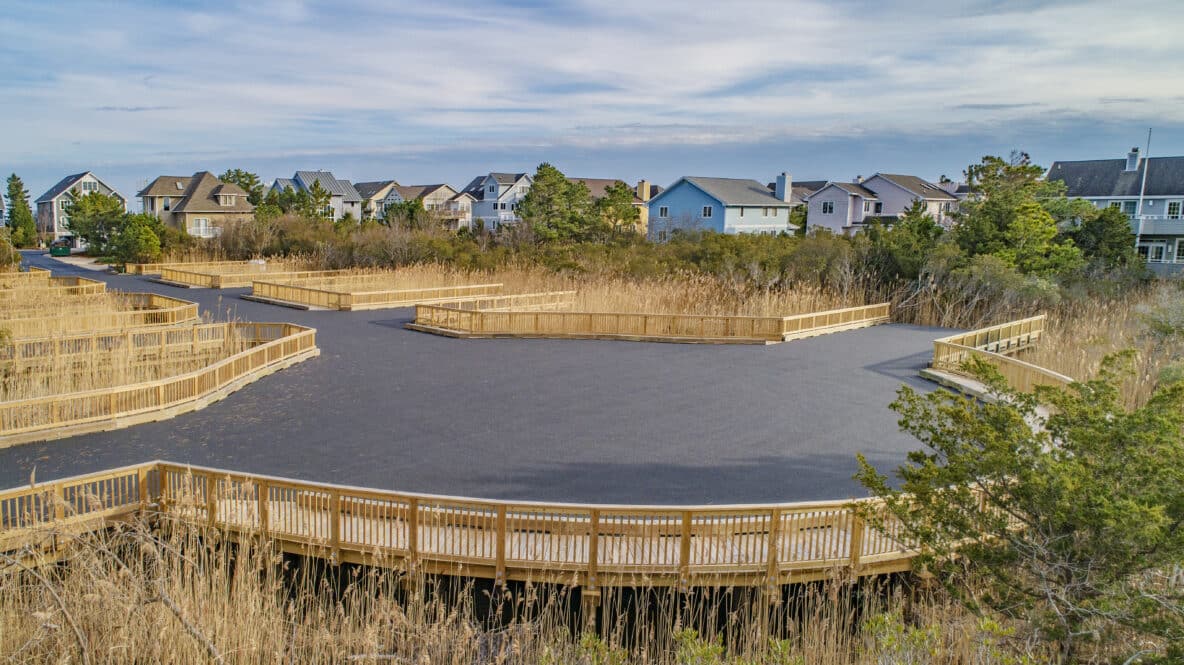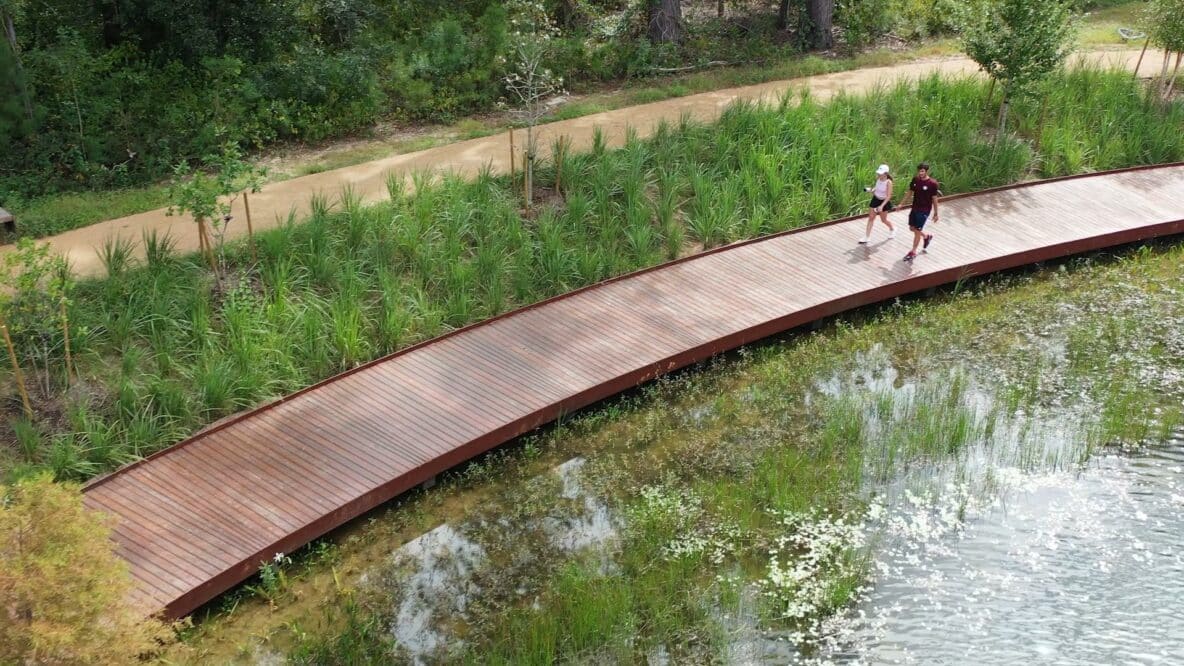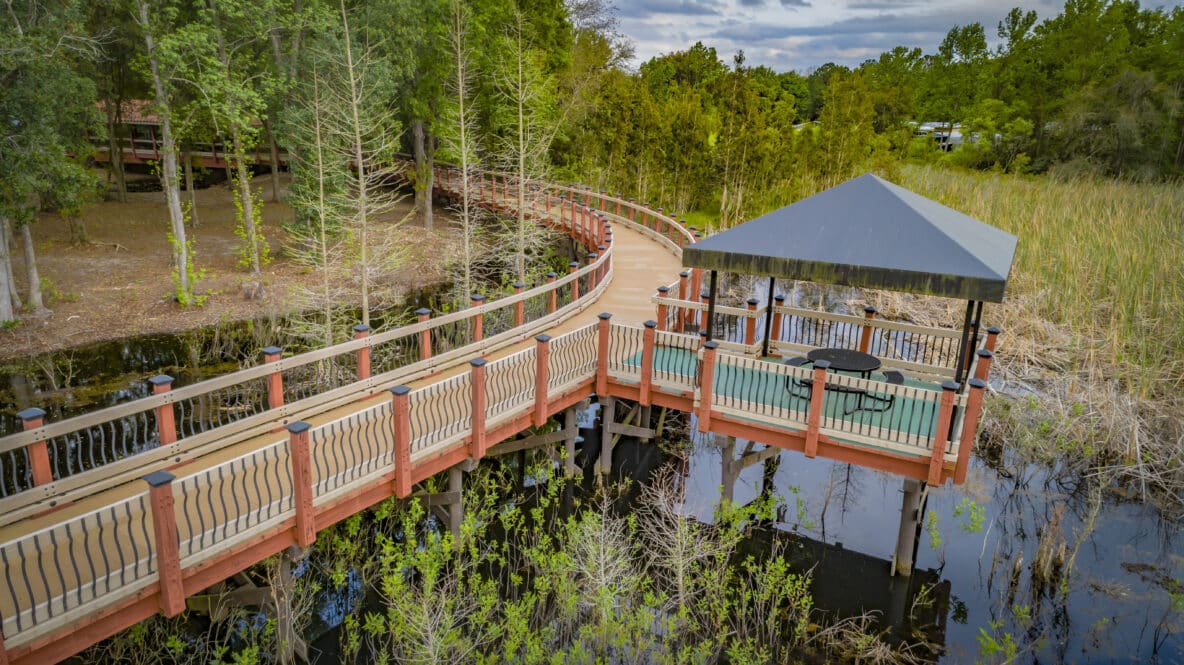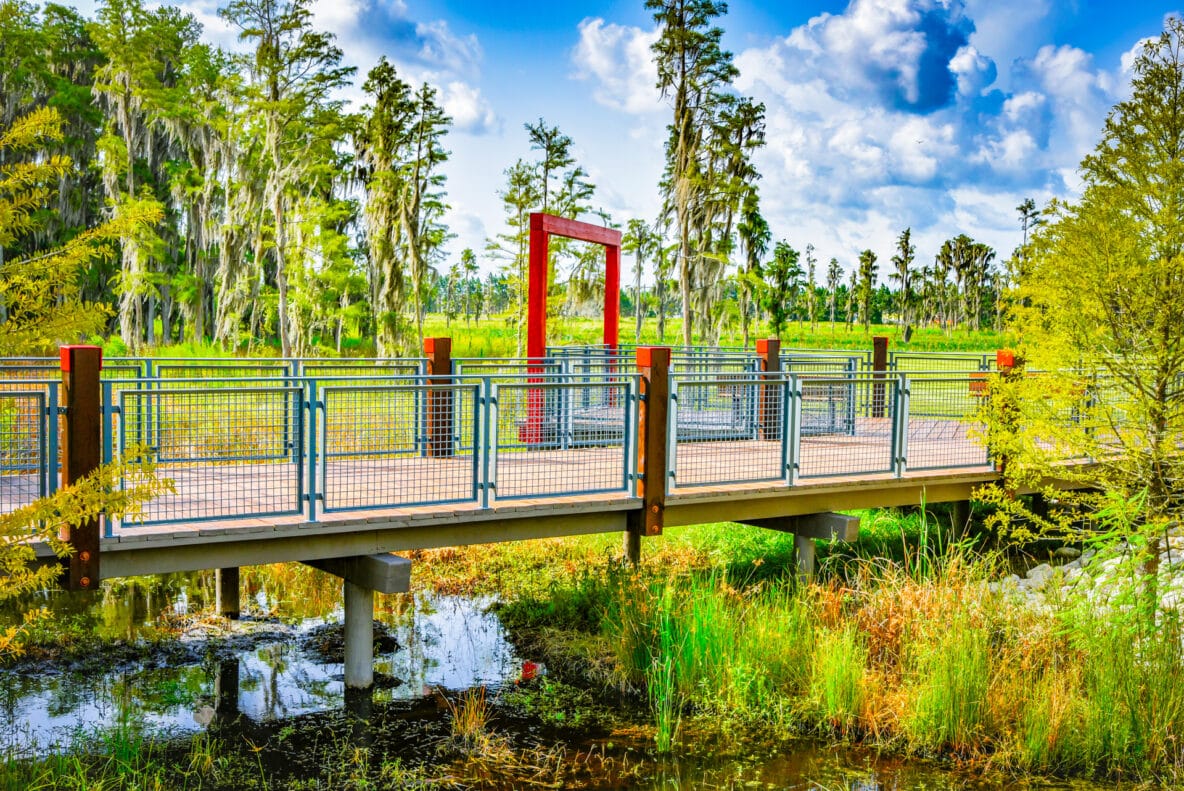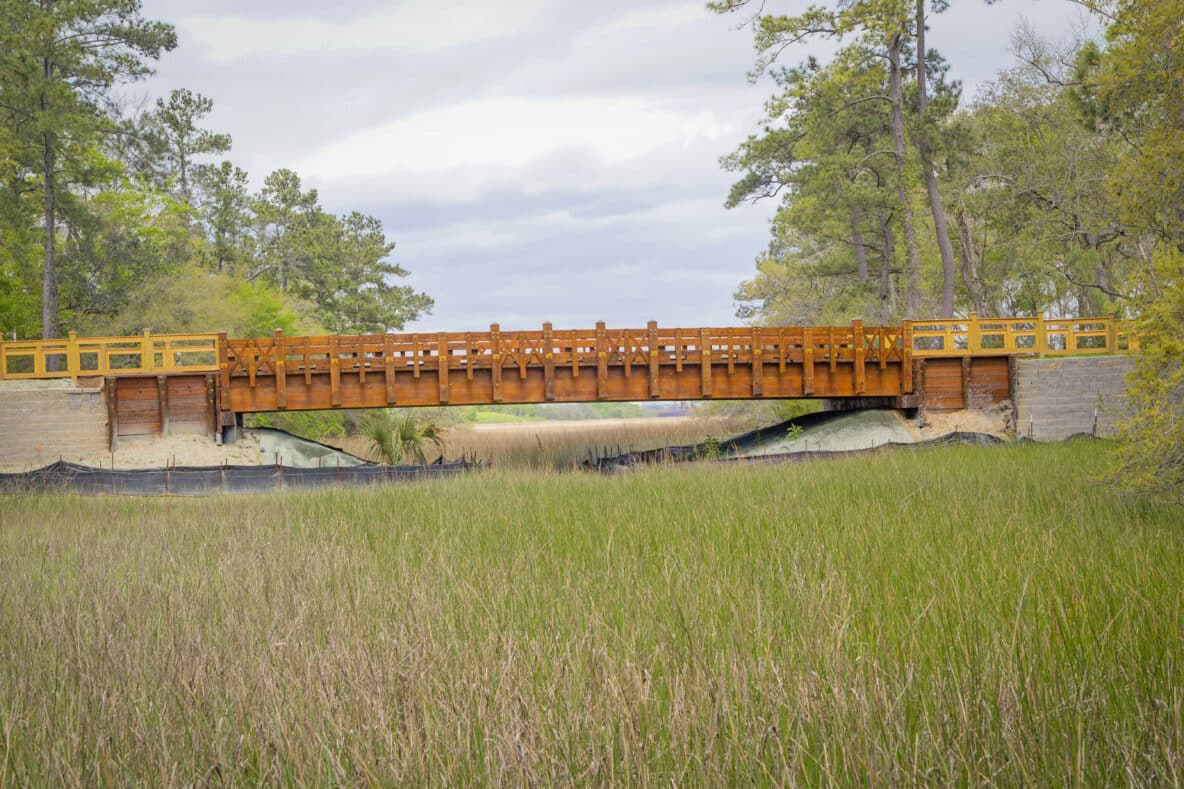Bahia Beach Resort: Where Luxury Meets Sustainable Connectivity Tucked away in the dazzling northeastern coastline of Puerto Rico in Rio Grande, Bahia Beach Resort & Golf Club is a world-renowned, luxury oceanside destination built to harmonize with its breathtaking surroundings. At the heart of this high-end tropical escape lies a seamless fusion of elegance and environmental stewardship. York Bridge Concepts … Read More
York Bridge Concepts: The Ultimate Golf Course Upgrade For Beauty & Functionality
Let’s bring your vision to life! Whether you need a pedestrian walkway, a cart bridge, or a multi-functional golf course bridge, YBC delivers custom, high-performance solutions tailored to your course.
Top 5 Reasons to Use York Bridge Concepts for Your Golf Course Bridges
If you’re looking for a reliable Golf Course Builder to construct timber bridges that enhance aesthetics, durability, and sustainability, York Bridge Concepts is the premier choice.
Overcoming Wetland Construction Challenges
Timber bridges and boardwalks, particularly those built using YBC’s top-down construction method, offer a sustainable, cost-effective, and resilient alternative to traditional infrastructure.
Timber Bridges vs. Traditional Infrastructure in Wetlands: Environmental & Cost Benefits
Timber bridges offer a viable alternative, providing both sustainability and cost efficiency while minimizing disturbance to wetland ecosystems
Regulatory Considerations for Building in Wetlands: NAWCA, USACE Permits & Environmental Compliance
York Bridge Concepts continues to lead the industry with low-impact, regulation-compliant timber bridge and boardwalk construction, ensuring that wetlands remain preserved for future generations.
Timber Boardwalks & Trails: Enhancing Public Access To Wetlands Without Ecological Harm
Timber boardwalks and trails offer a sustainable, effective solution for wetland access, allowing people to explore and appreciate these environments without harming their delicate ecosystems.
Wetland Conservation & The Role of Timber Boardwalks & Bridges
By prioritizing environmentally responsible practices, timber bridge construction can play a crucial role in preserving wetlands for future generations while still meeting the needs of communities, land developers, and conservationists.
How Boardwalks and Trails Enhance Wetland Access While Protecting the Environment
Wetland Boardwalk Construction To Enhance the experience & protect the environment Boardwalks and raised trails provide a sustainable means of accessing and enjoying wetland areas without disturbing their delicate ecosystems. Unlike traditional roads and pathways, boardwalks elevate pedestrian and light vehicular traffic above wetland surfaces, reducing soil erosion and preserving plant and animal habitats. In this article, we explore how … Read More
Maximizing Land Development Potential with Sustainable Wetland Crossings
Wetland Friendly Land Development Land developers often face the challenge of balancing infrastructure expansion with environmental preservation. Wetlands, which serve as vital ecosystems, are frequently located within prime development areas, requiring innovative solutions to maintain both ecological and economic value. Sustainable wetland crossings, such as timber bridges and boardwalks, provide a means to develop land responsibly while protecting natural resources. … Read More

